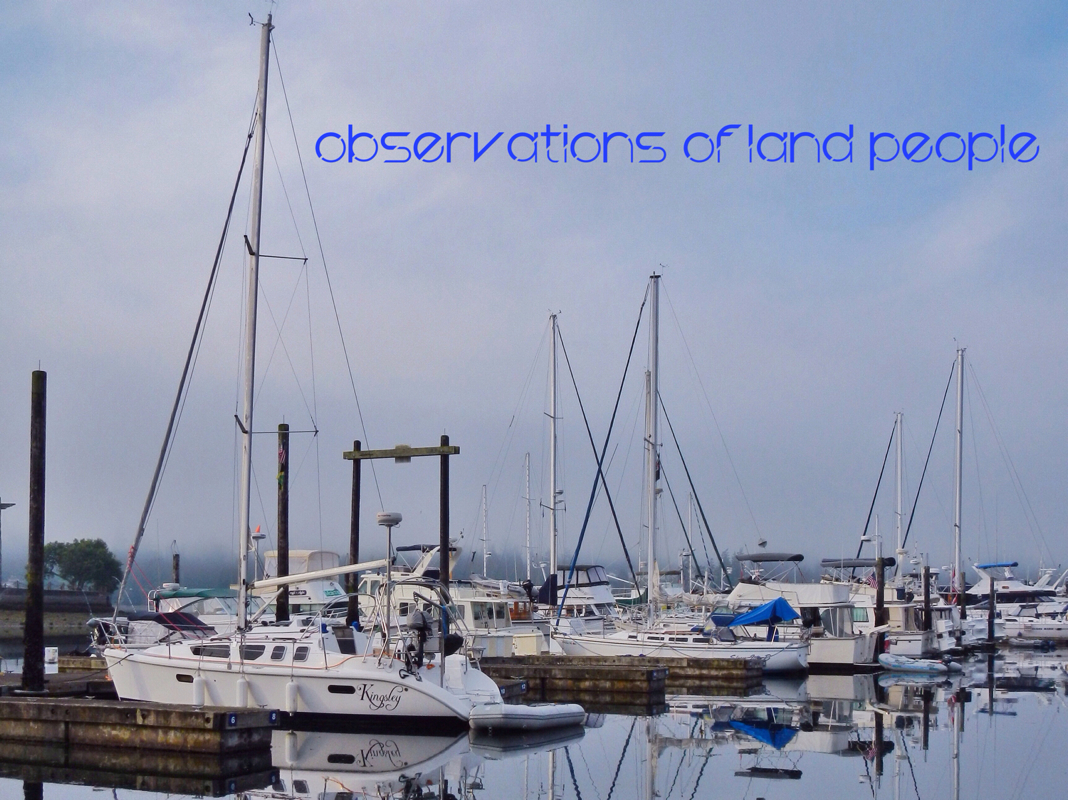
Reality television shows tend to get a bad rap, but at the same time, they are among the most popular. There’s a reason for that: as manufactured as much of the drama is, real stories are among those that are easiest for us to relate to, the most engaging to our personal experiences, aspirations, and reactions.
To date, I’m not aware of any great sailing-oriented reality television. But media today is more than just what is on TV, and YouTube and other video-sharing websites have spawned a whole raft of episodes of the realest sort of reality… the kind direct from the participant.
I’ve been hooked on one of these dramas lately, a solo venture titled “Untie The Lines” starring a young German woman who bought a downtrodden boat in Panama and is in the process of repairing and rehabbing it with the goal of sailing away.
Click here to view the embedded video.
The boat is a German Reinke Super 10, twin-keel, aluminum hull sailboat that had been languishing tied up in Panama for 5 years with apparently very little care and feeding. You have to watch the second episode to gain a full appreciation for the epic variety of molds, spores, and fungi you can grow in closed-up boat in the tropics.
The woman is Nike Steiger, 32, from Hamburg. Her background is not completely clear, but her goals are: clean up Karl (as she has dubbed the Reinke) and untie the lines and conquer her “White Spots – Undiscovered areas on our maps of life!” as she says on her Facebook page.
The episodes are short, around four minutes, and generally have a theme of some sort. They’re some of the best amateur sailing shorts that I have seen, although admittedly I don’t watch an awful lot along these lines.
For my part, I’d like to see more sailing and fewer musical montages. And there are occasionally casual comments that make me wince… a bench in the cockpit described as a place so you can “…sleep at night while you’re at the watch,” for instance.
But this is no “All Is Lost.” Nike is eminently (to verge into stereotypes, one might even say “Germanically”) sensible. She may not be an expert mechanic or sailor just yet, but she approaches every problem she shows us with good humor and common sense. To paraphrase Monsarrat, you can do a lot at sea with common sense, and precious little without it.
What she finds are a lot of the things we all find: working in confined spaces with limited tools is difficult, you always need to make another trip to the store after you’ve started, the store is never easy to get to, there’s always something else wrong once you dig beneath the first thing you thought was wrong. And she copes with those things the way most of us do, by sucking it up, spending more money than planned, calling in friends to help, being adaptable. Oh, and making mistakes, and learning from them.
“Sometimes you have to try. And learn it the hard way,” she says, after enduring a day that would leave many older, wealthier sailors reeling.
Getting tired and discouraged is par for the course when you’re learning the hard way. Nike doesn’t hide it and it’s not Schadenfreude to say I enjoy seeing it… rather, it’s one of the common factors in our experiences that I can relate to. And there is comfort to be found in watching her cope with the down times, and satisfaction in knowing some of the things that await her on the other side of the difficulties. Watching her prep Karl and stumble through the same learning curves that we’ve already passed is a bit like watching a kid fumbling with the wrapping paper on Christmas morning. And it reinforces my confidence in confronting those learning curves that still rise steeply in front of me.
Most recently, Nike has unveiled her route plans. Her final destination (if any real sailor ever really has a final destination) is to return to Germany… by way of French Polynesia, Hawaii, Alaska, and the Inside Passage, truck and trailer through Canada to the Great Lakes, then across the Atlantic to Europe. So we may be seeing Karl here in the Salish Sea someday not too distant.
It’s an ambitious dream, but it’s a real story. We’re all in this for the dreams.














































